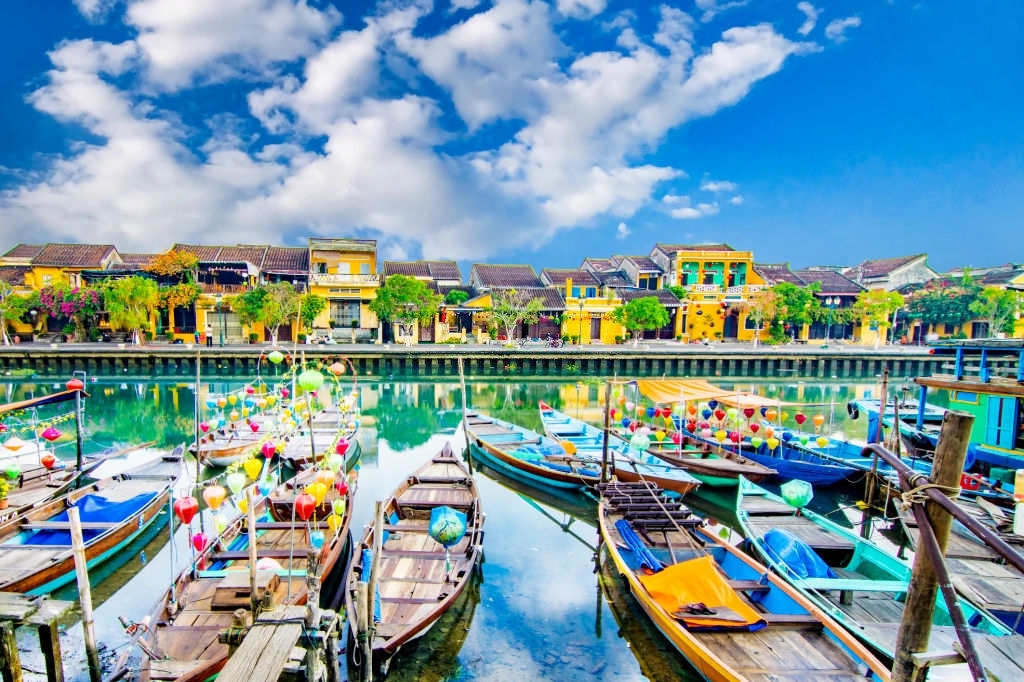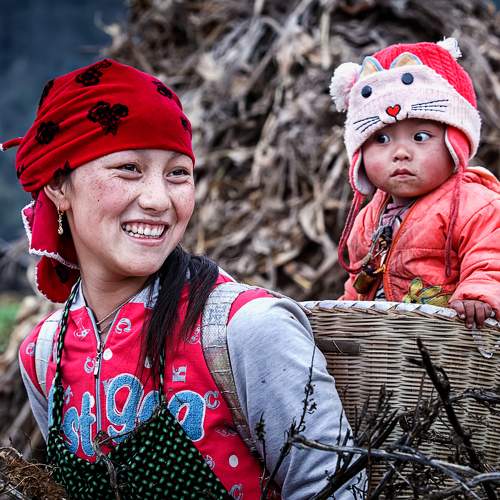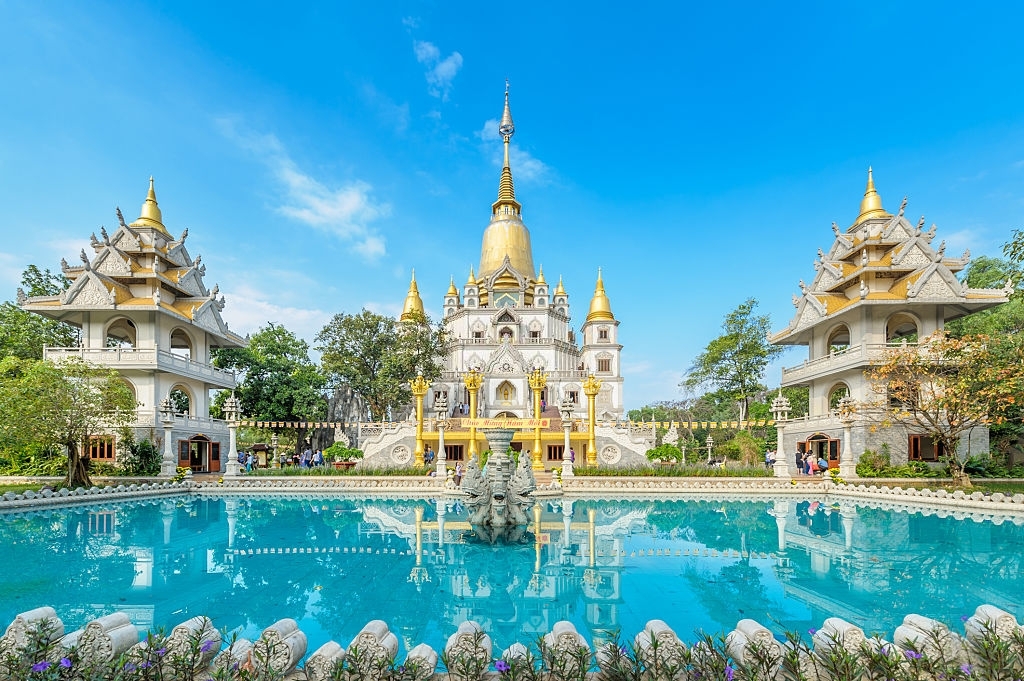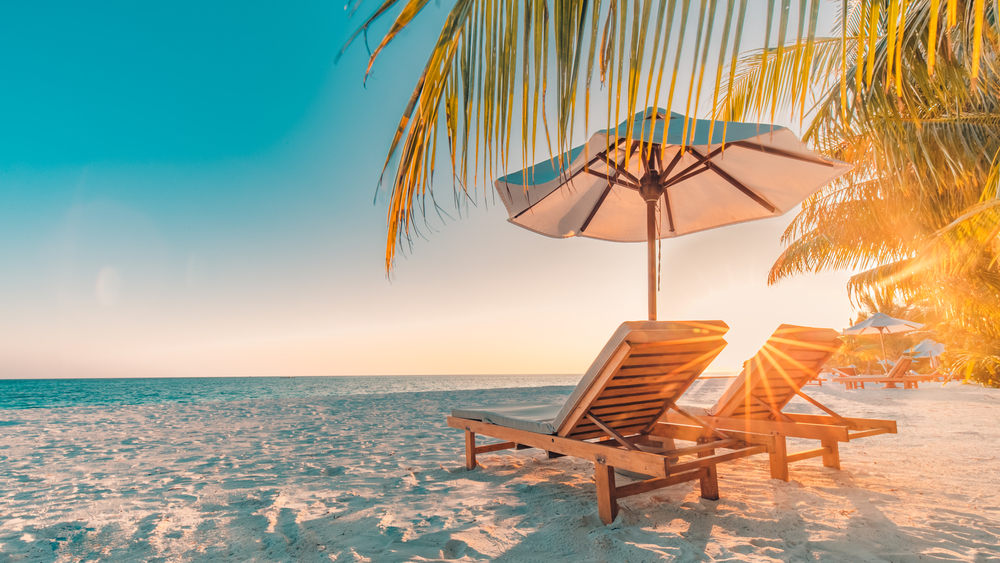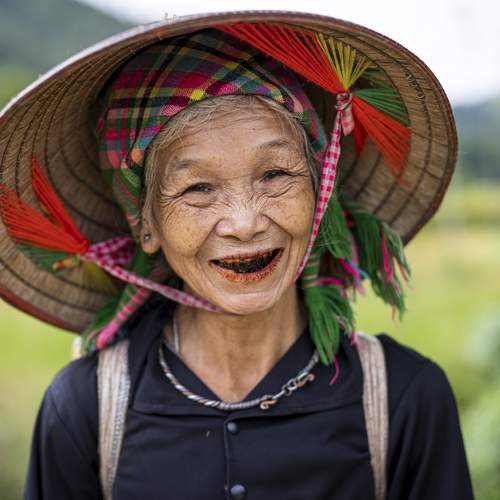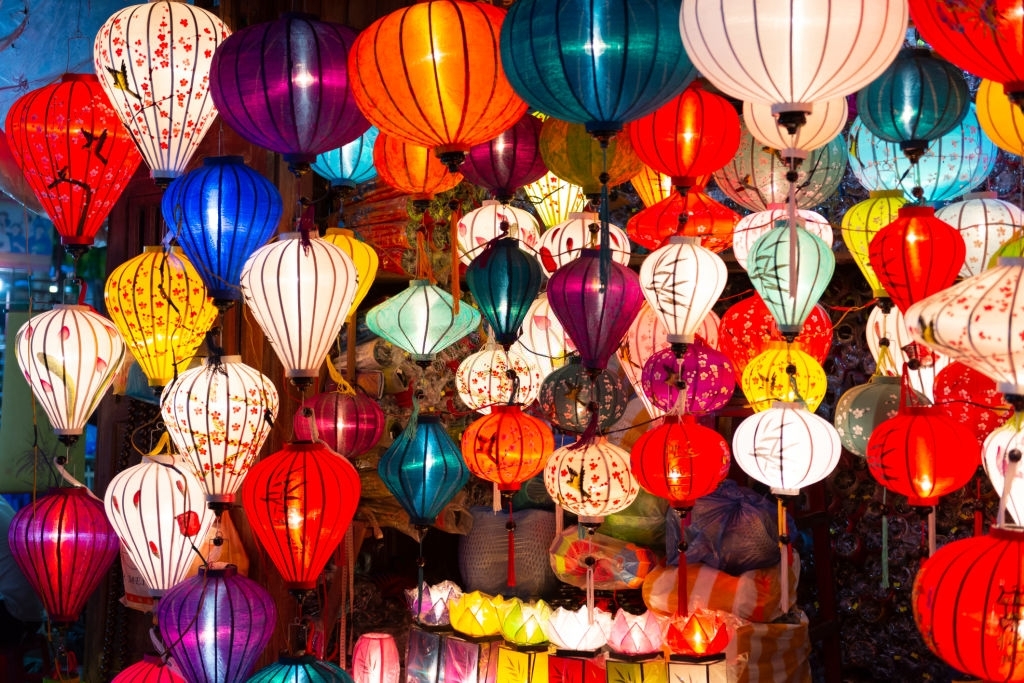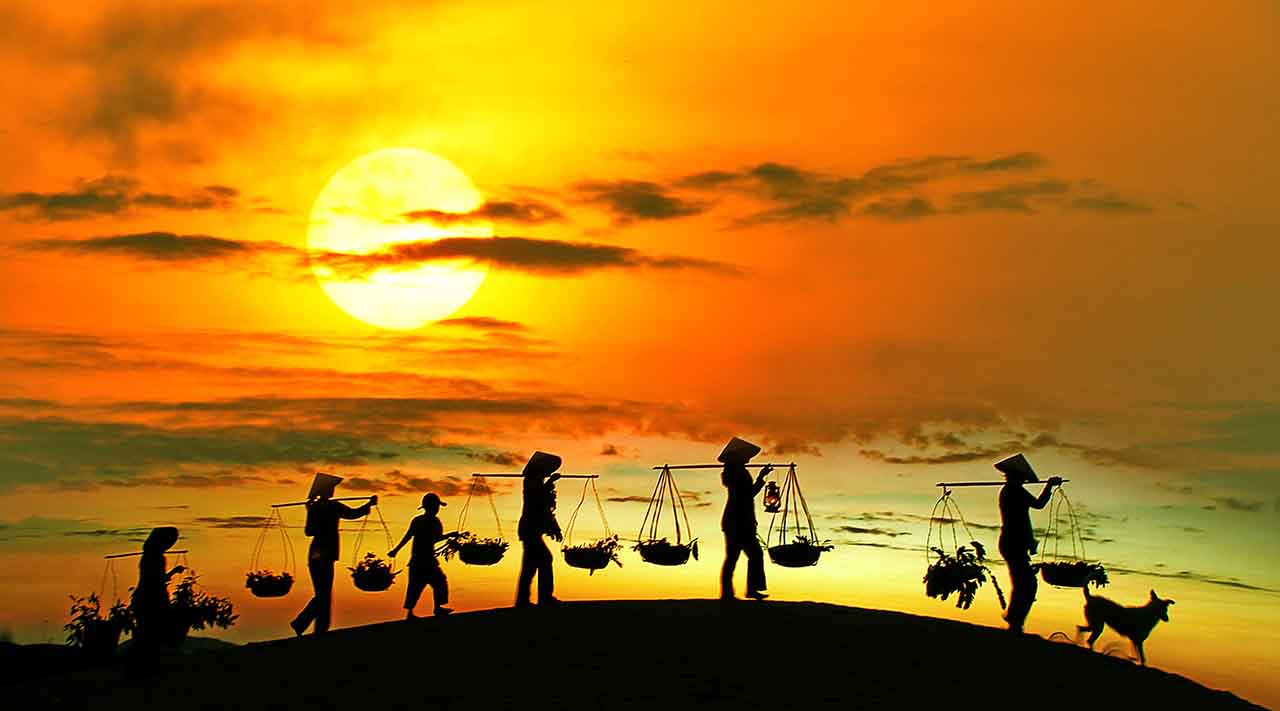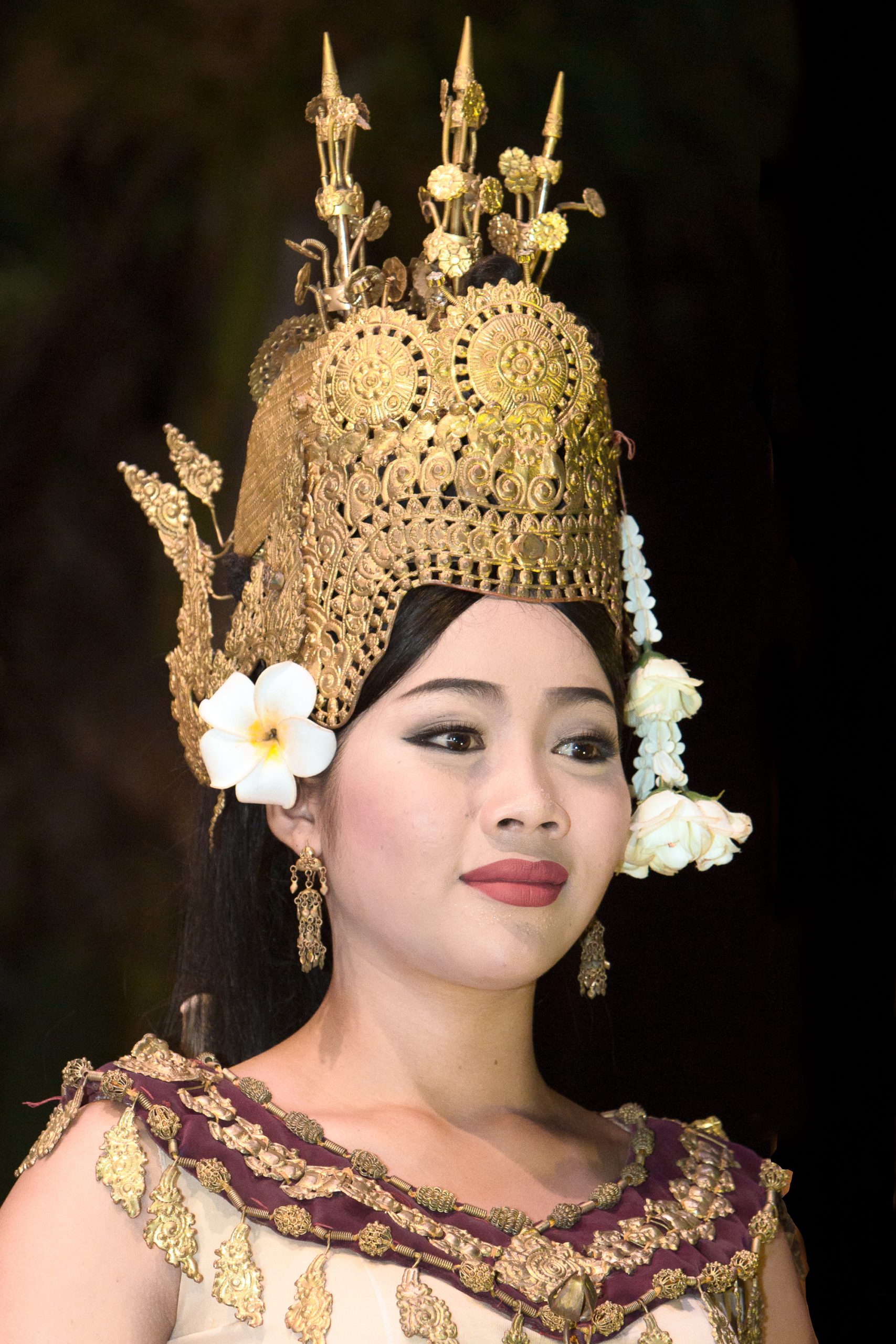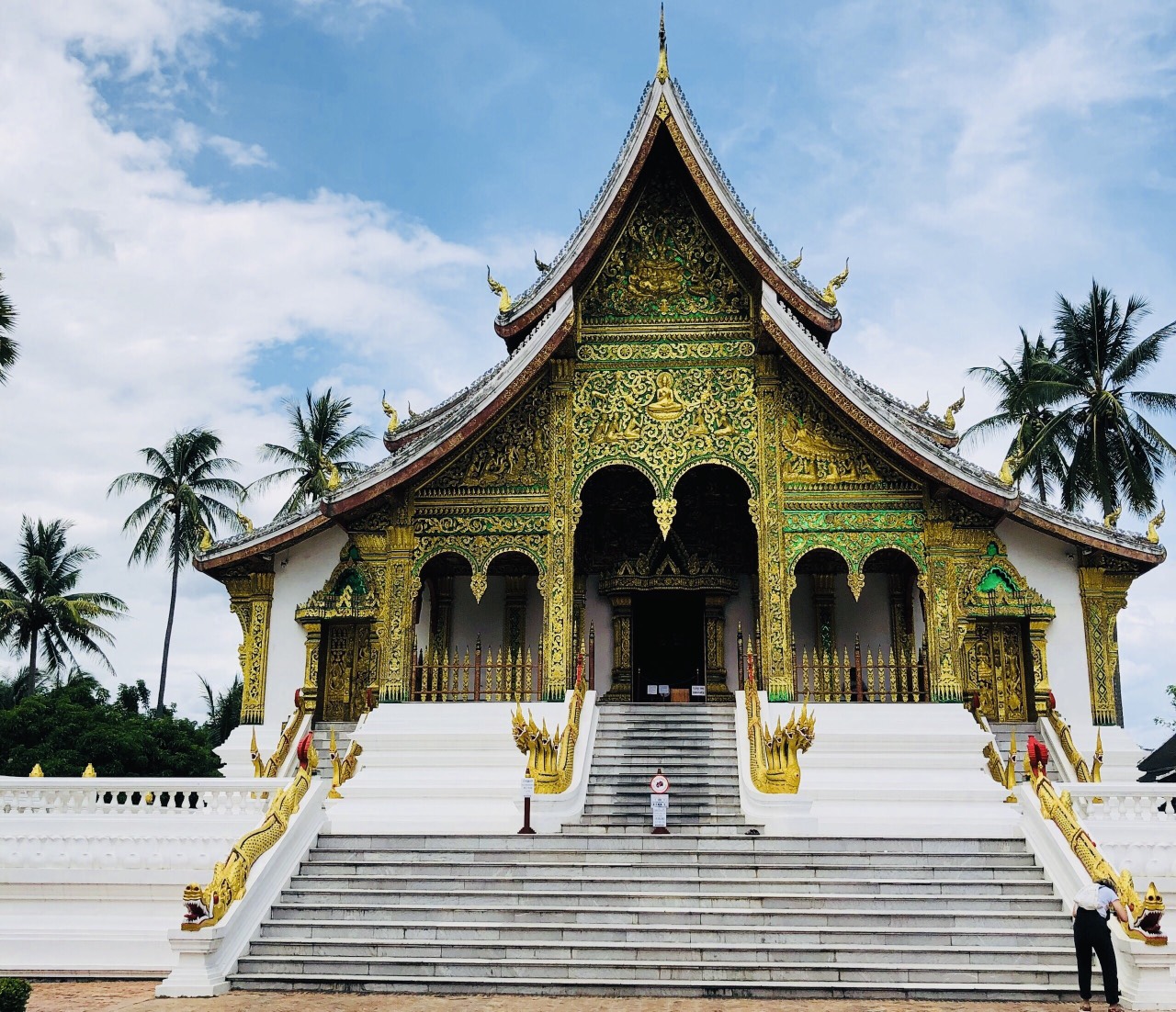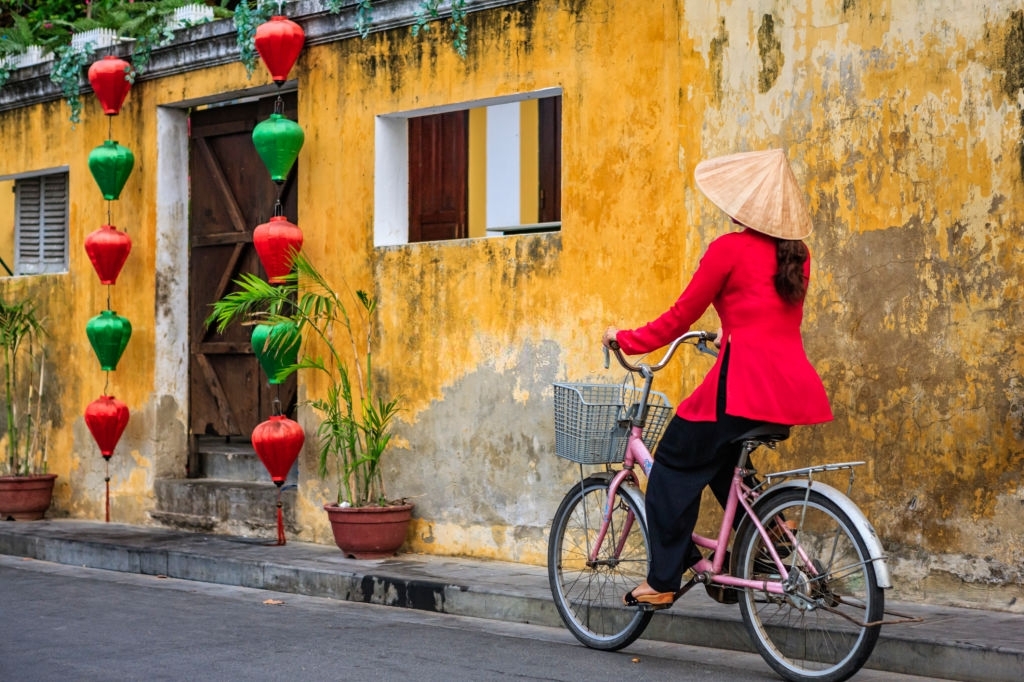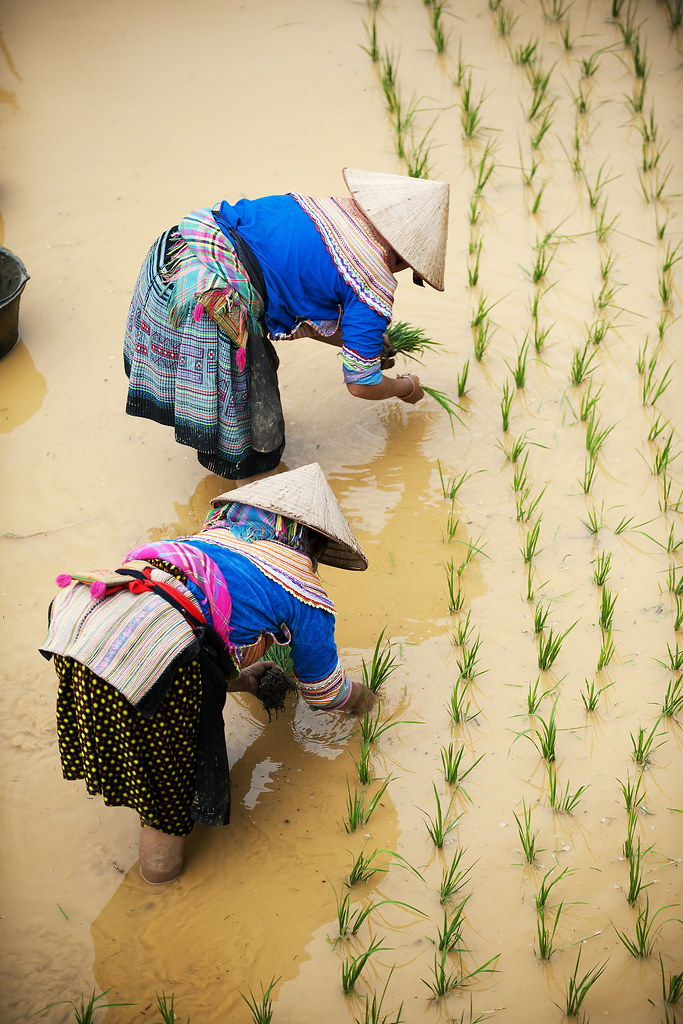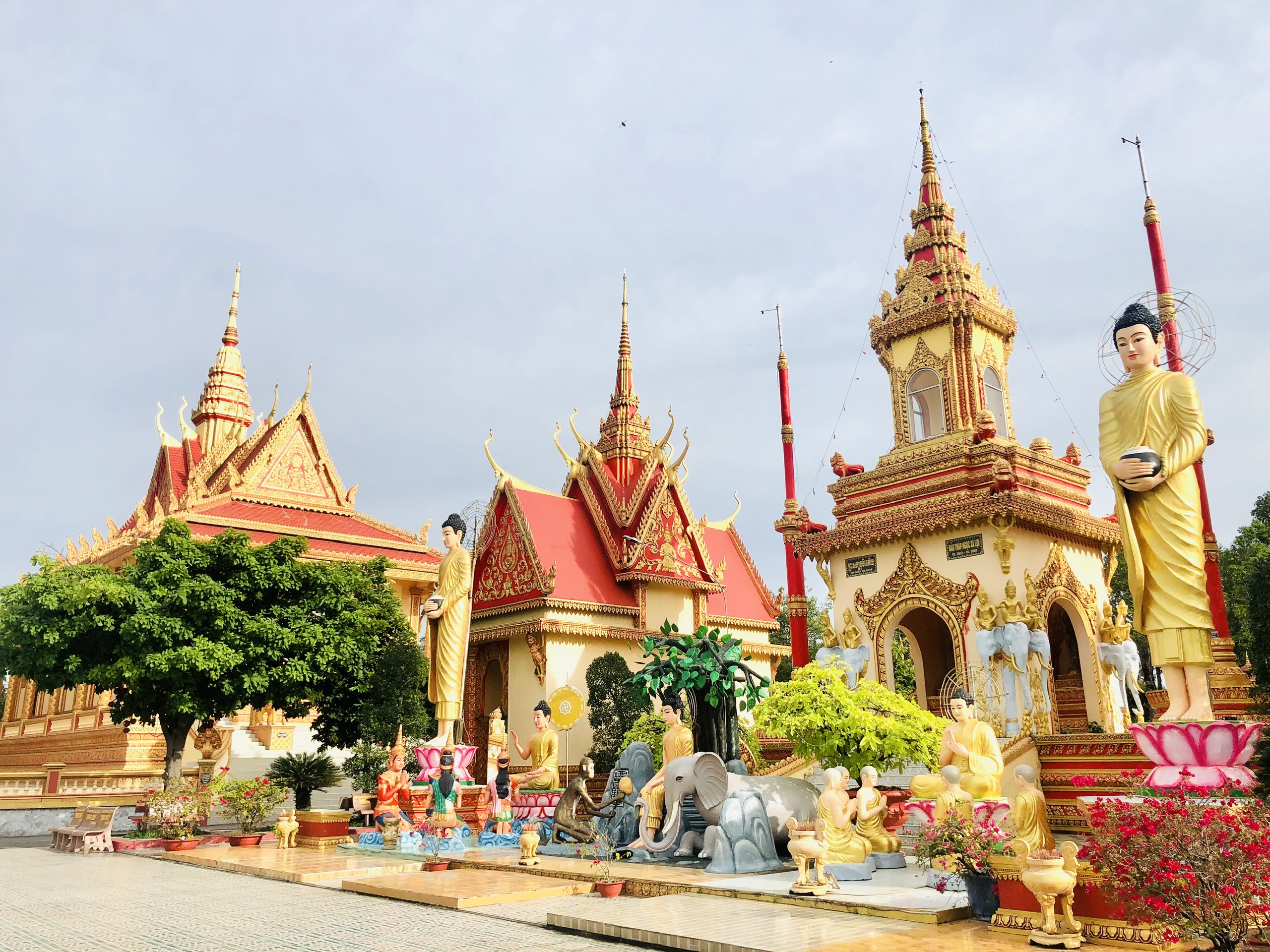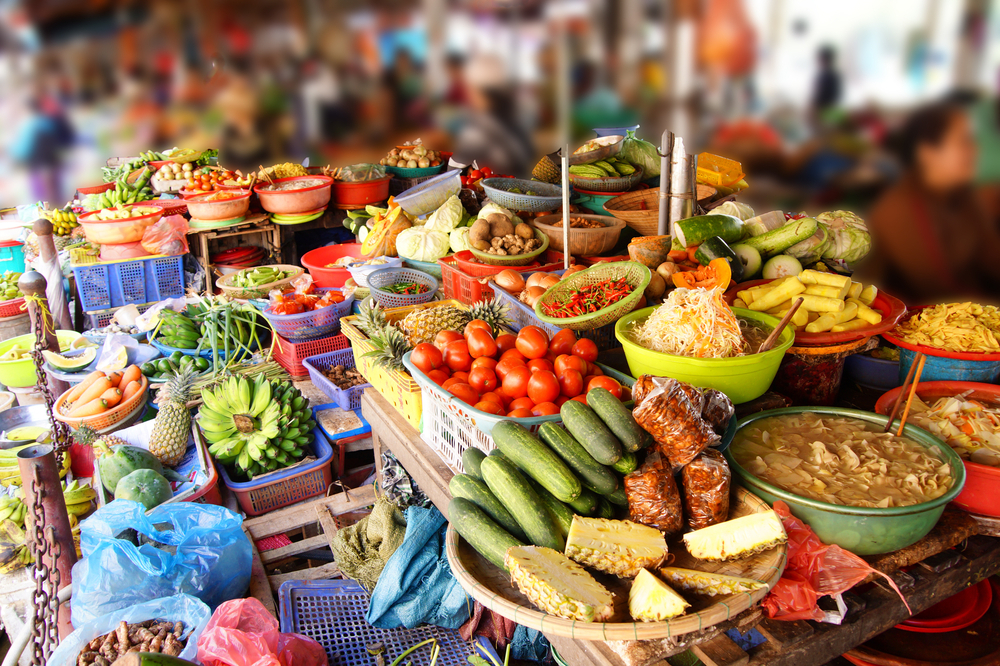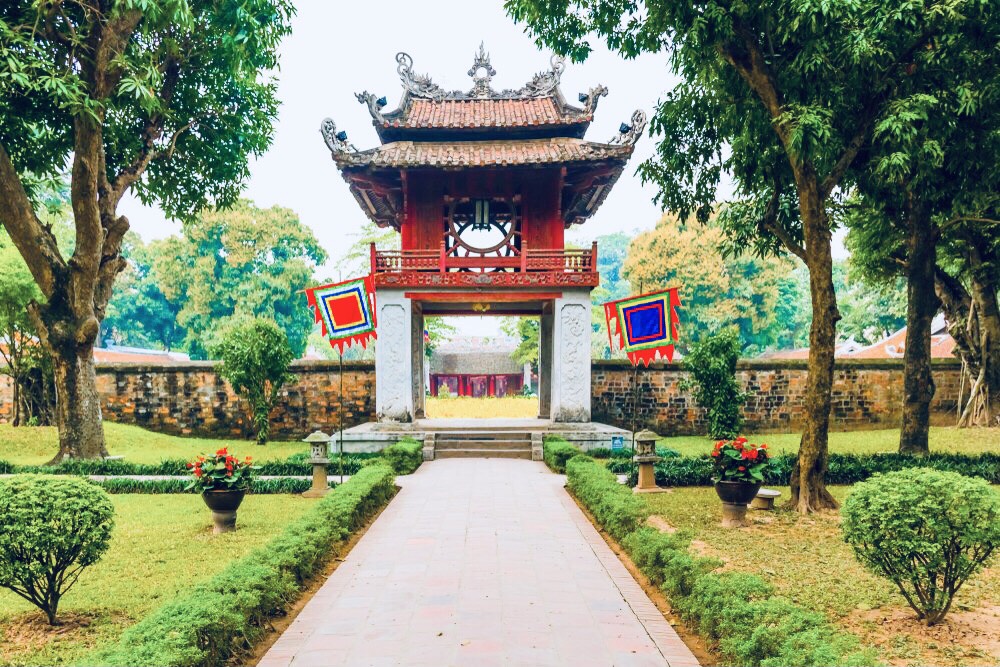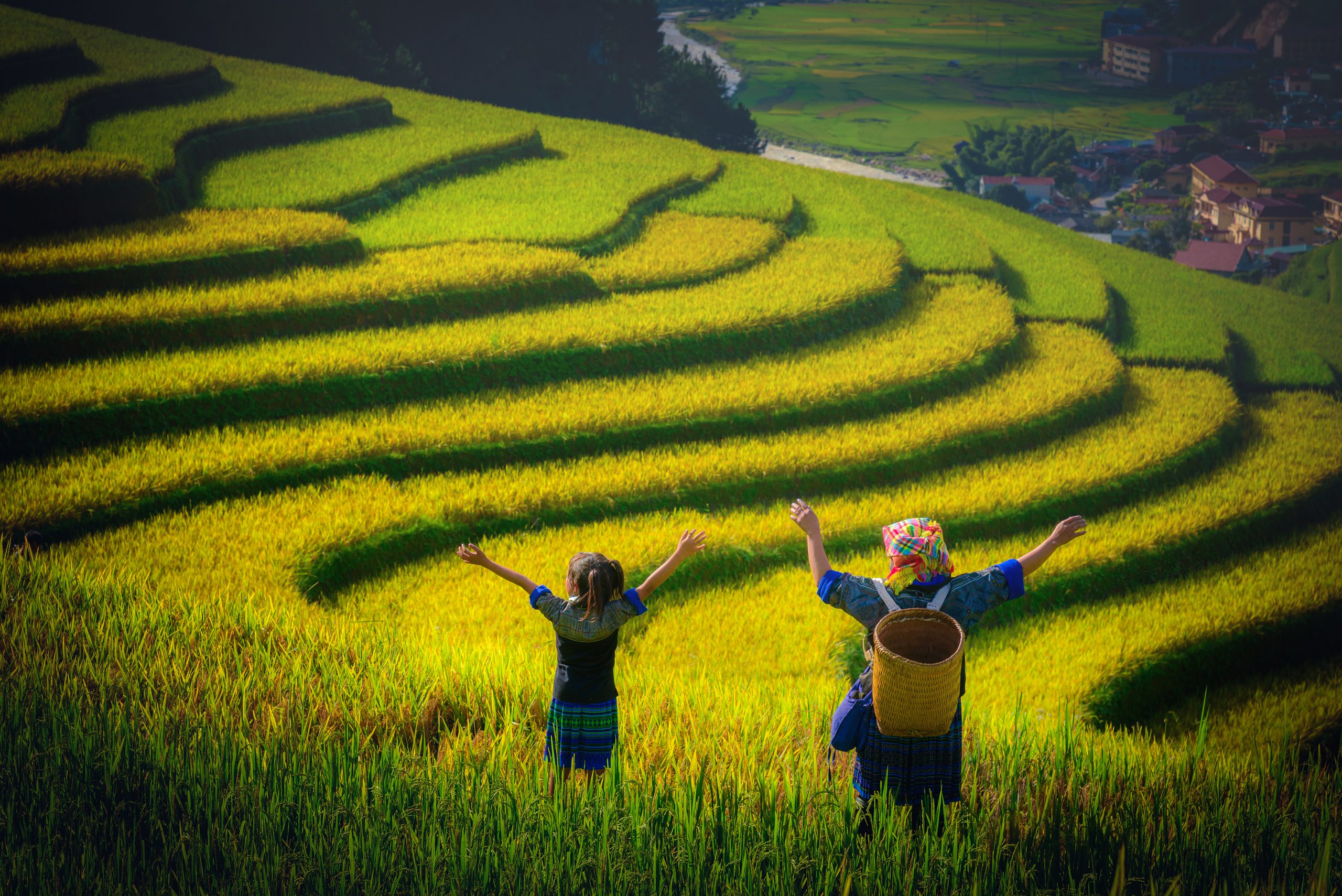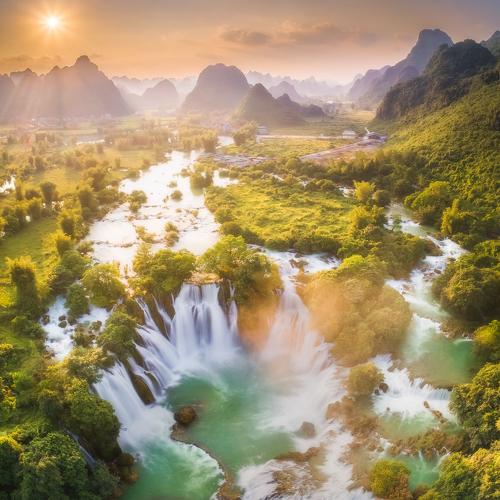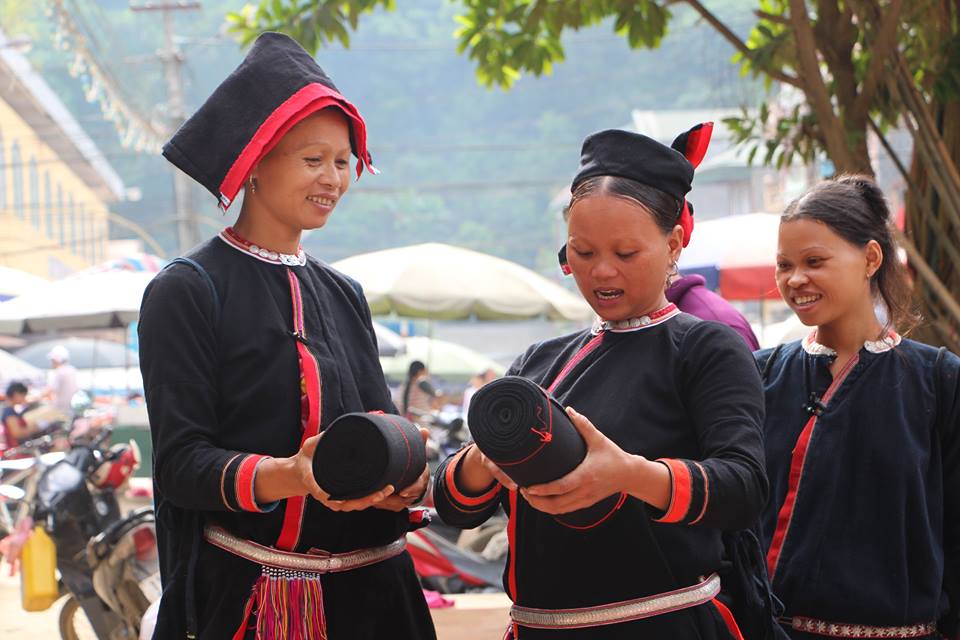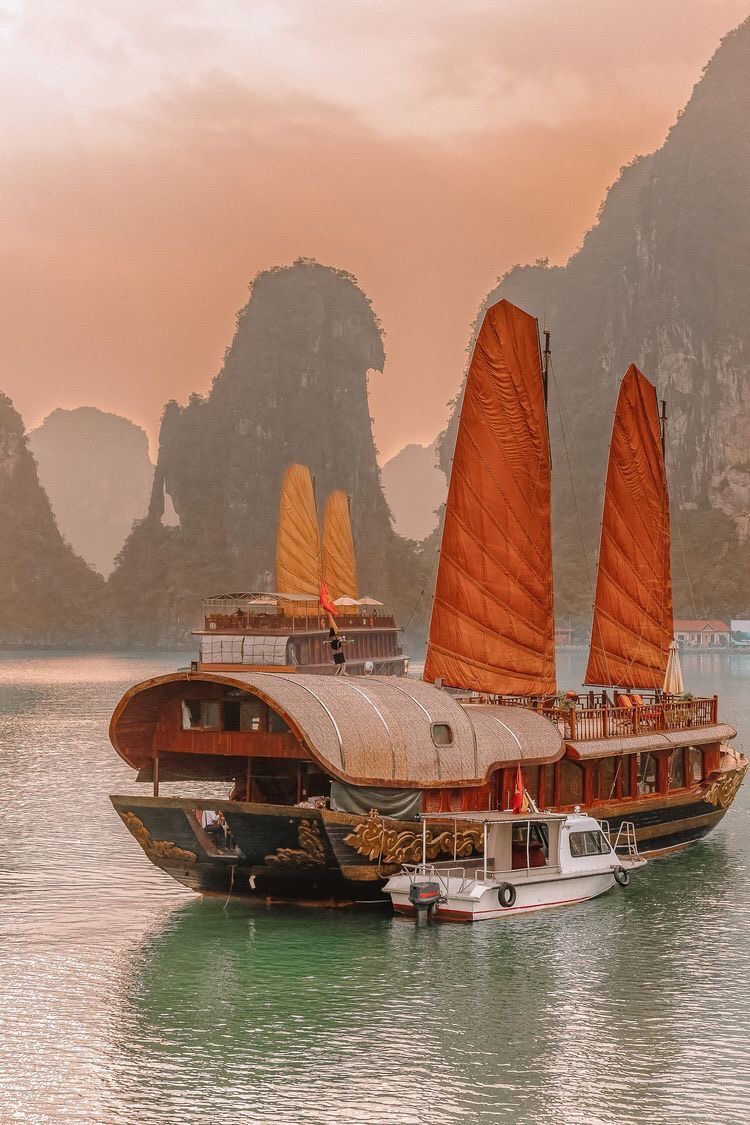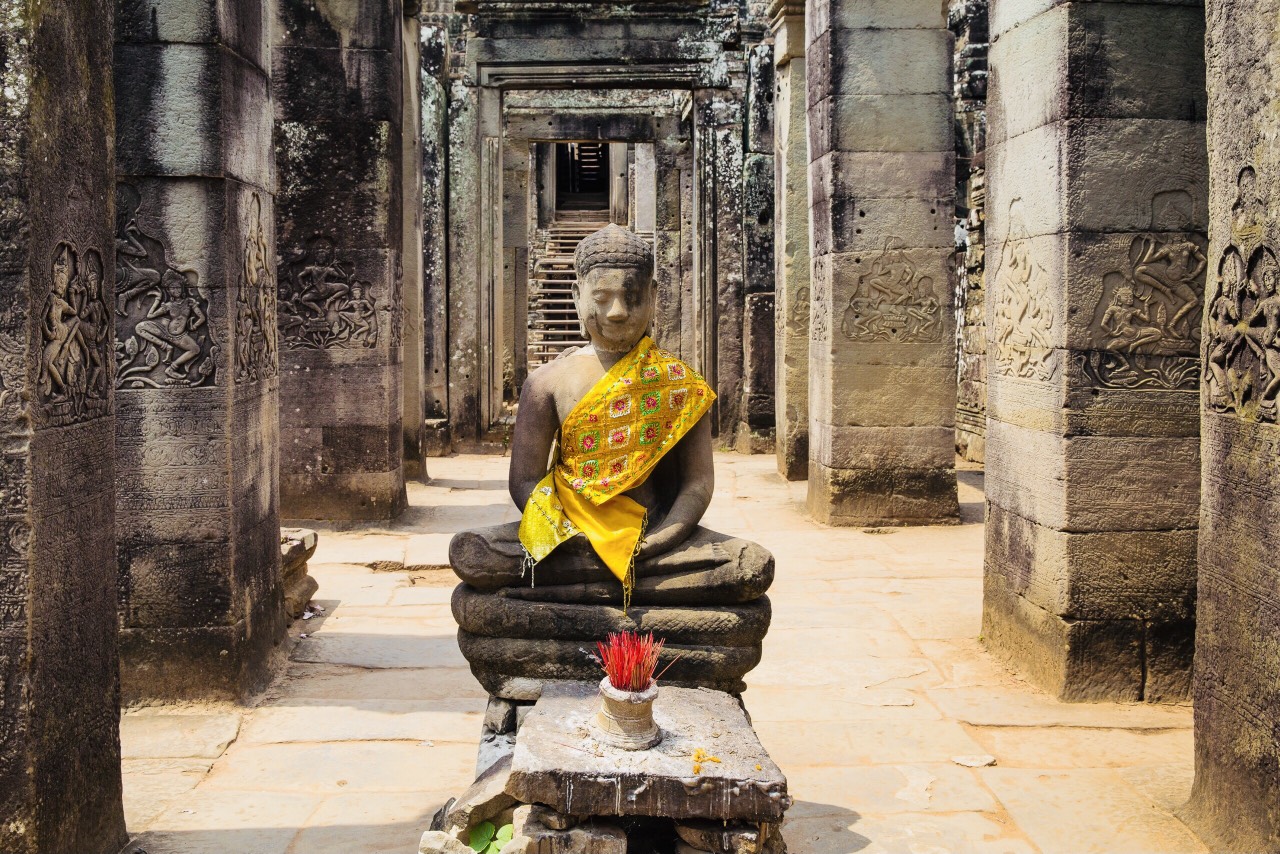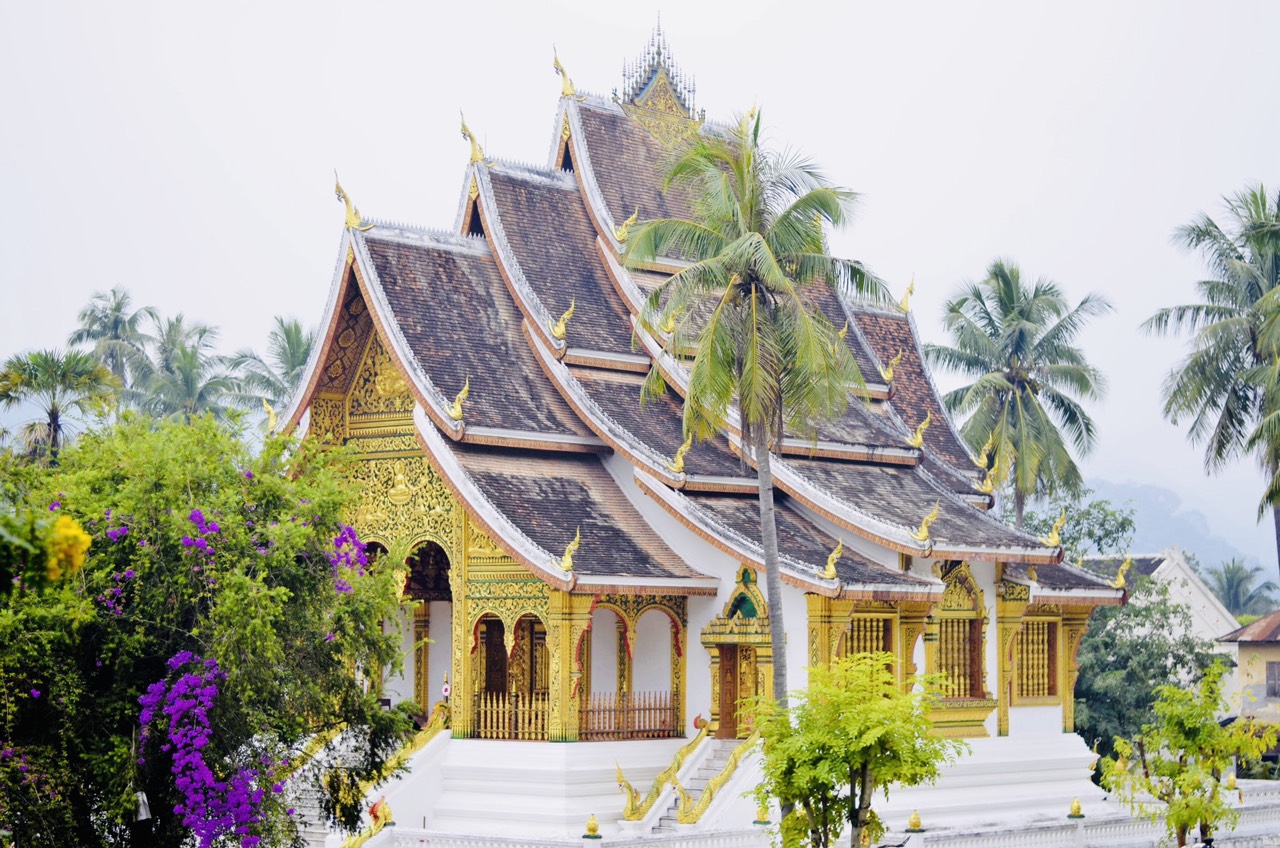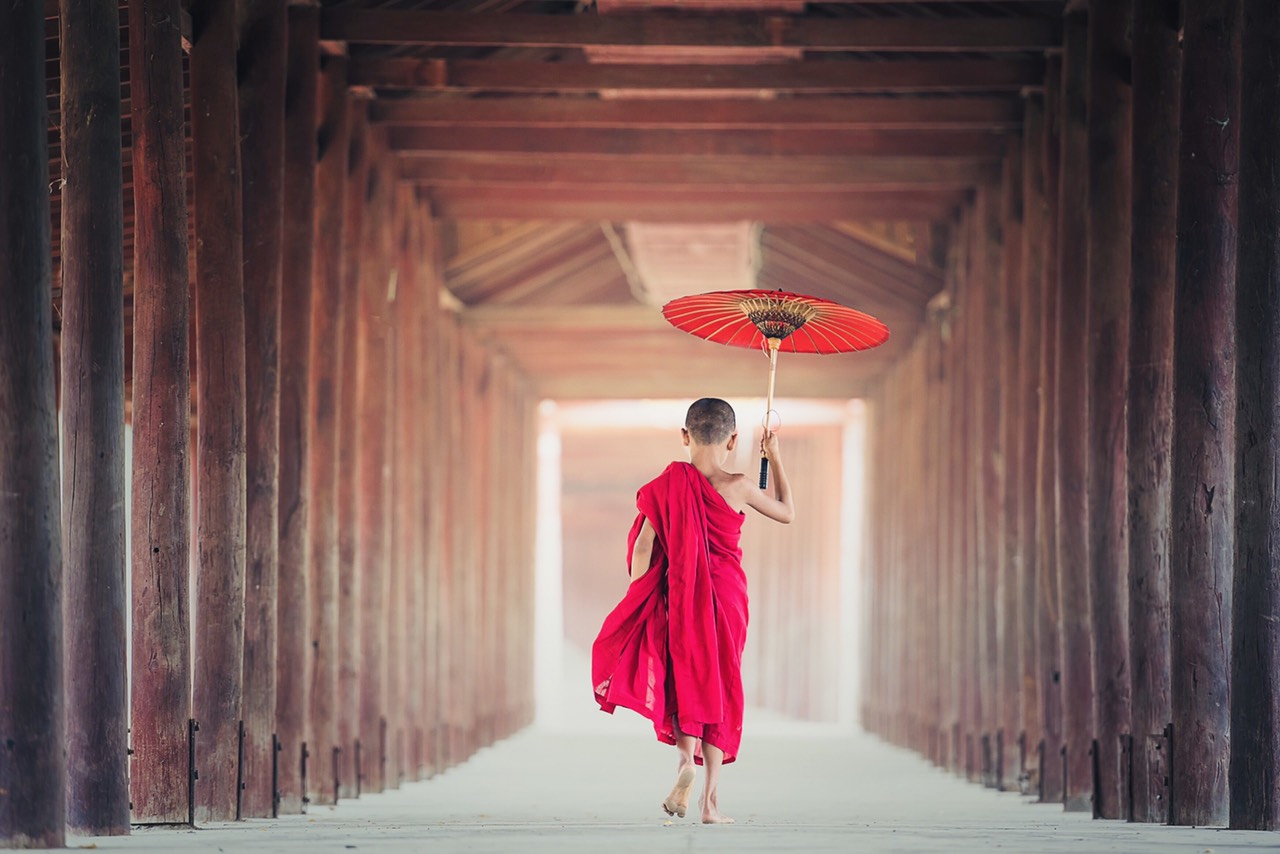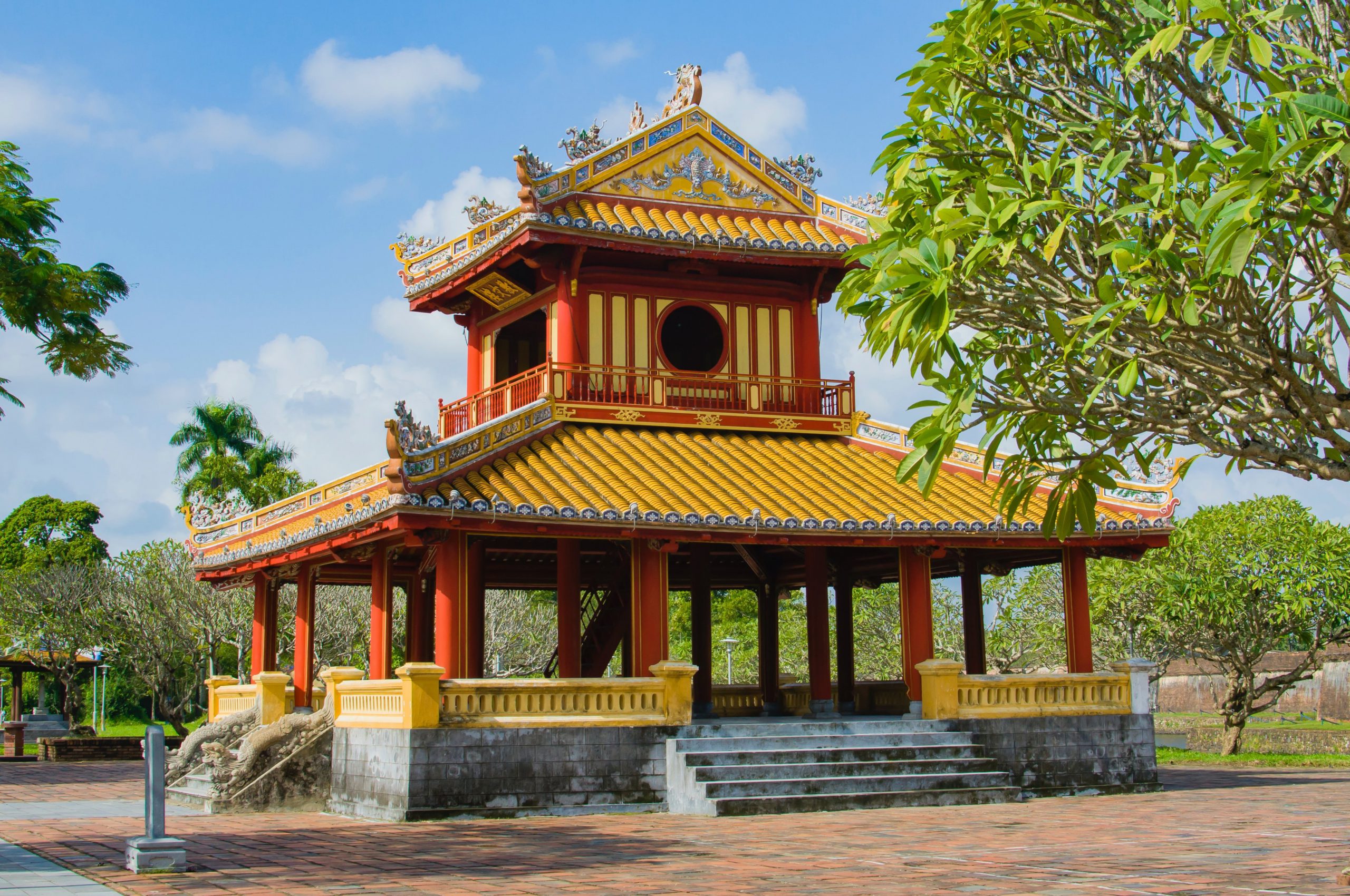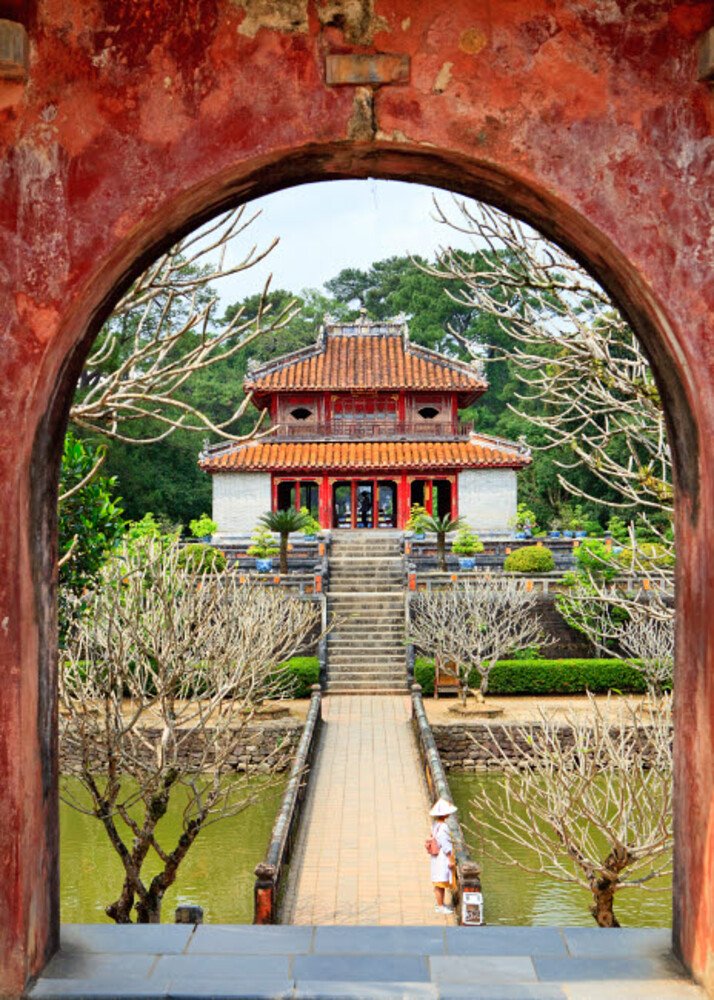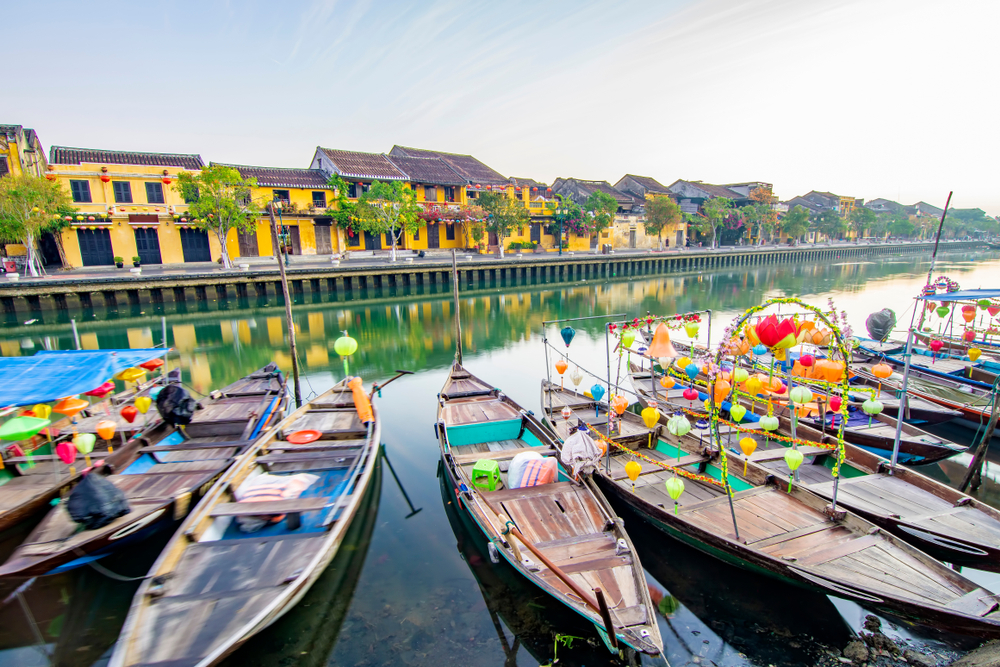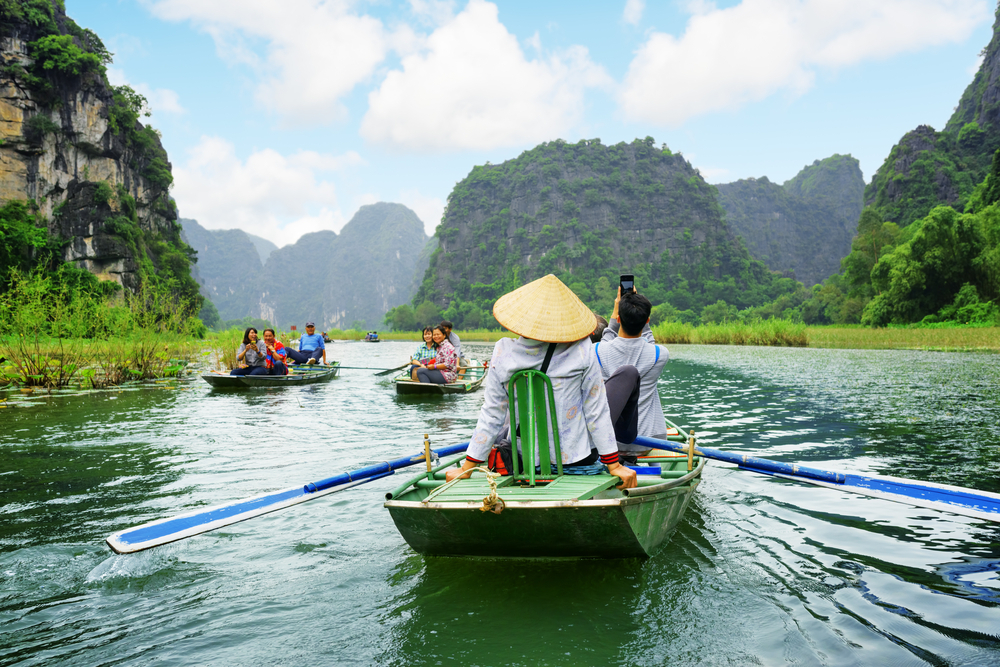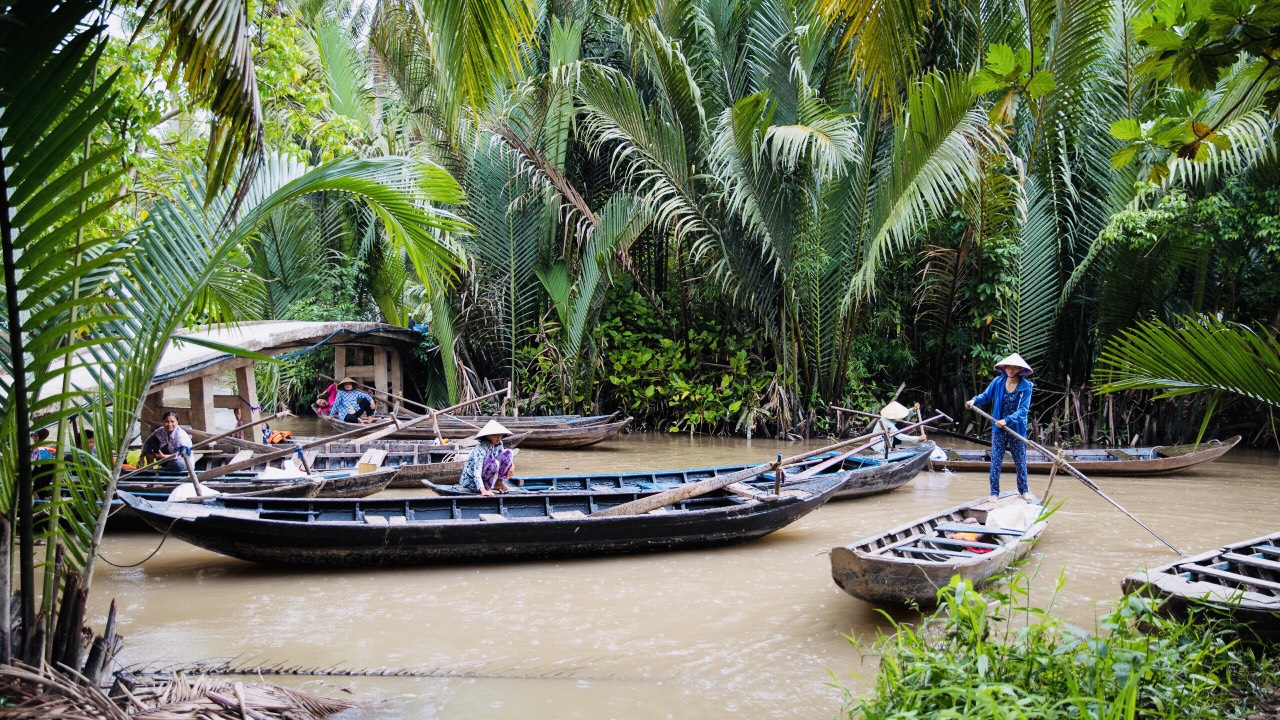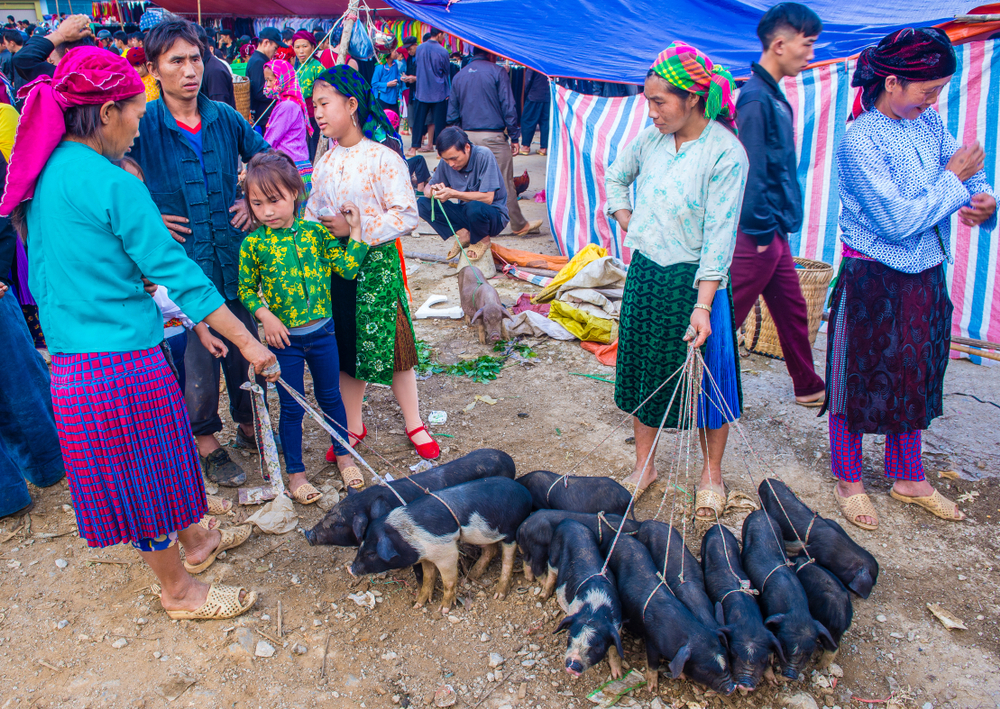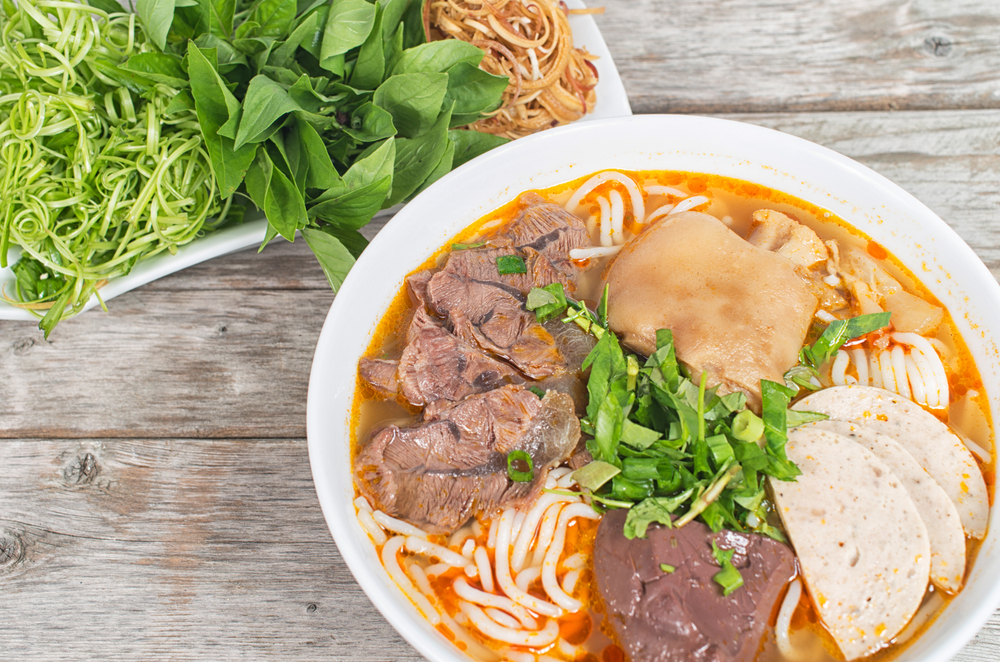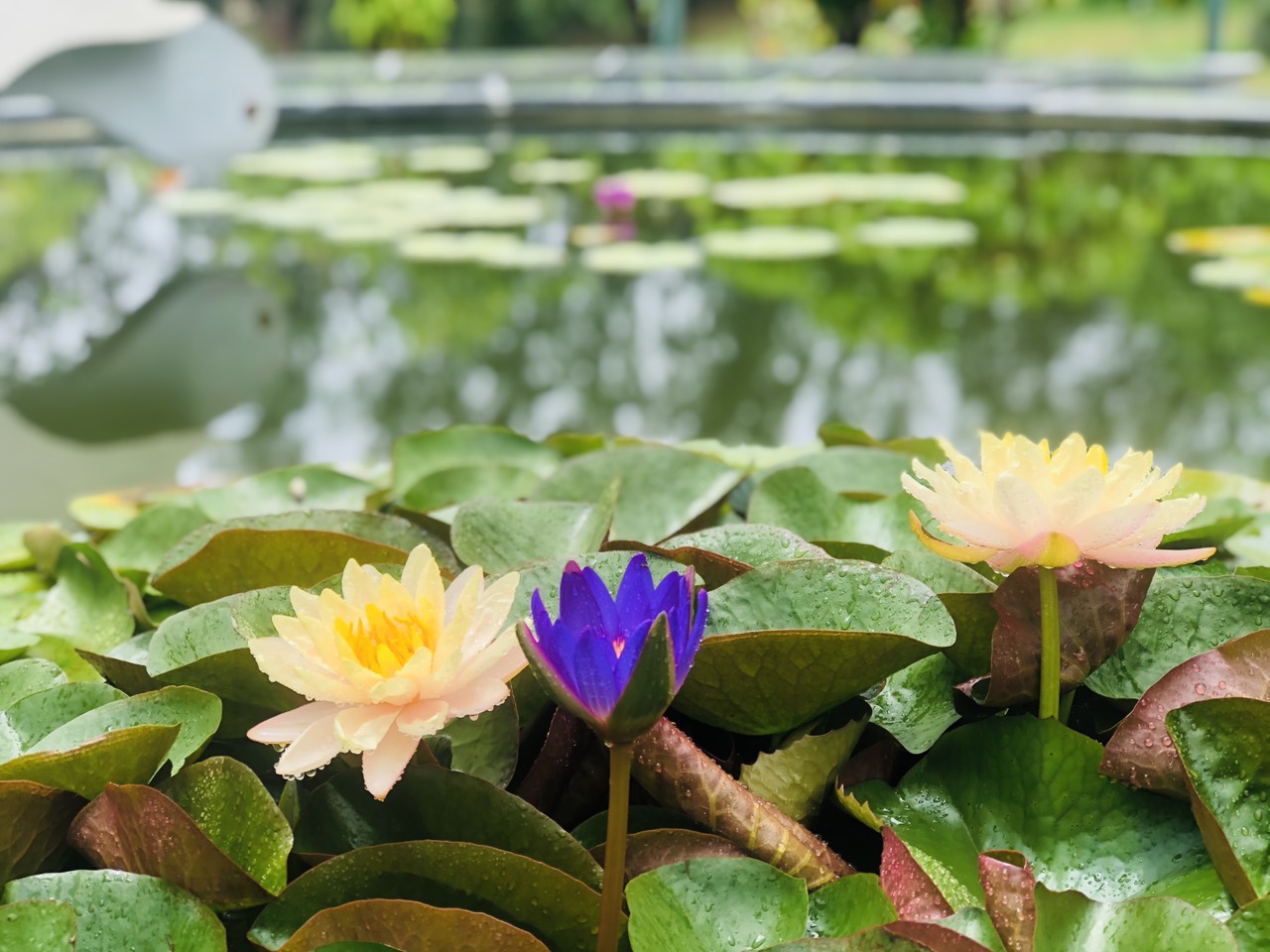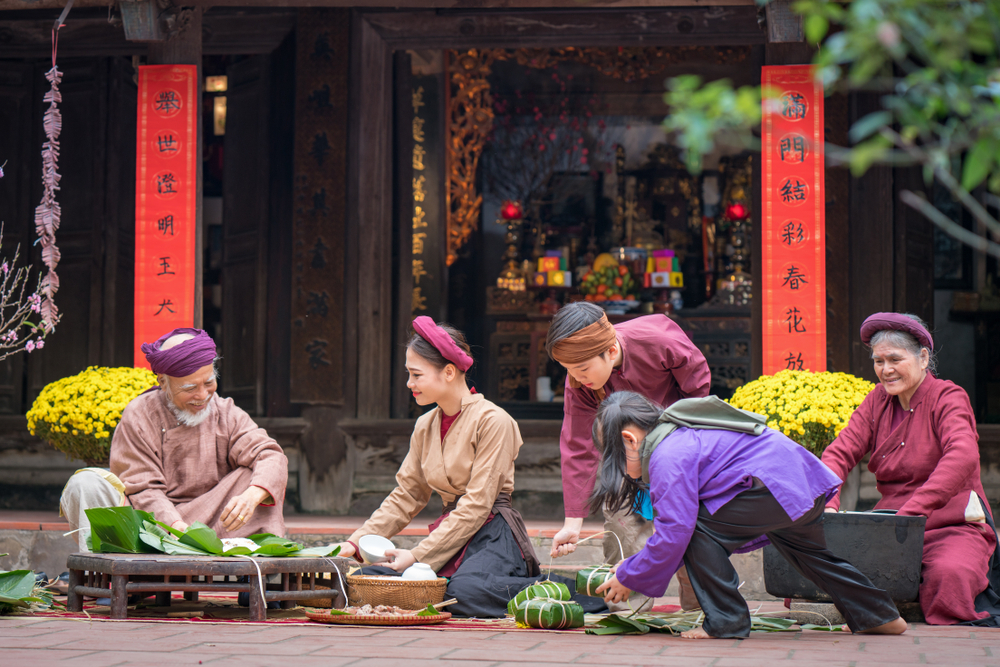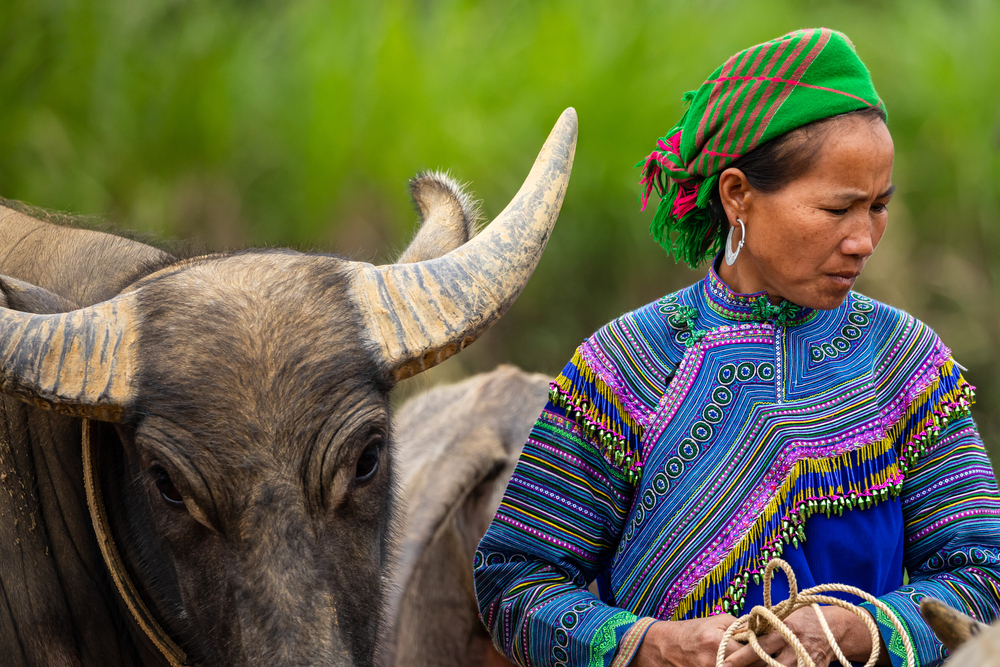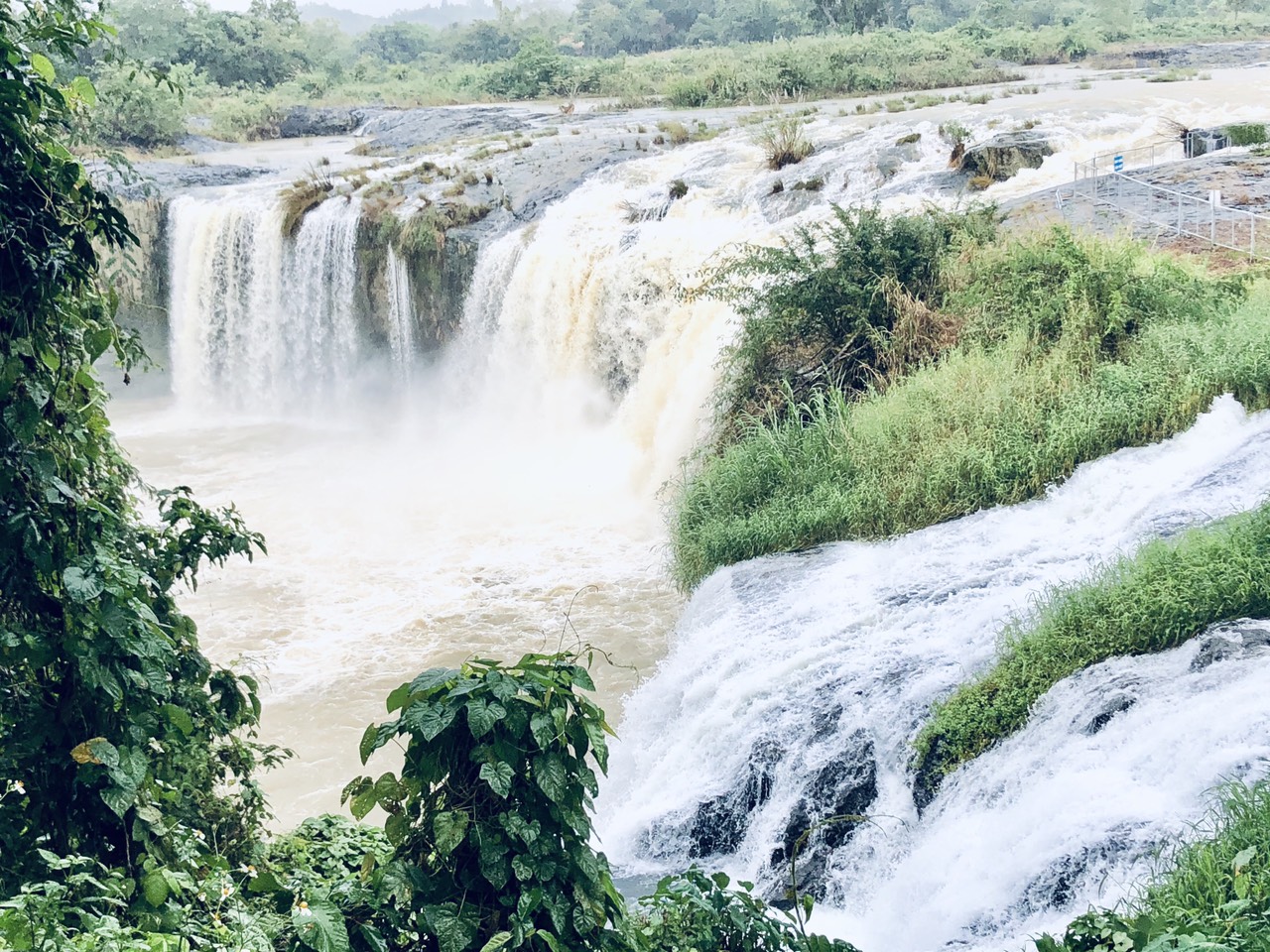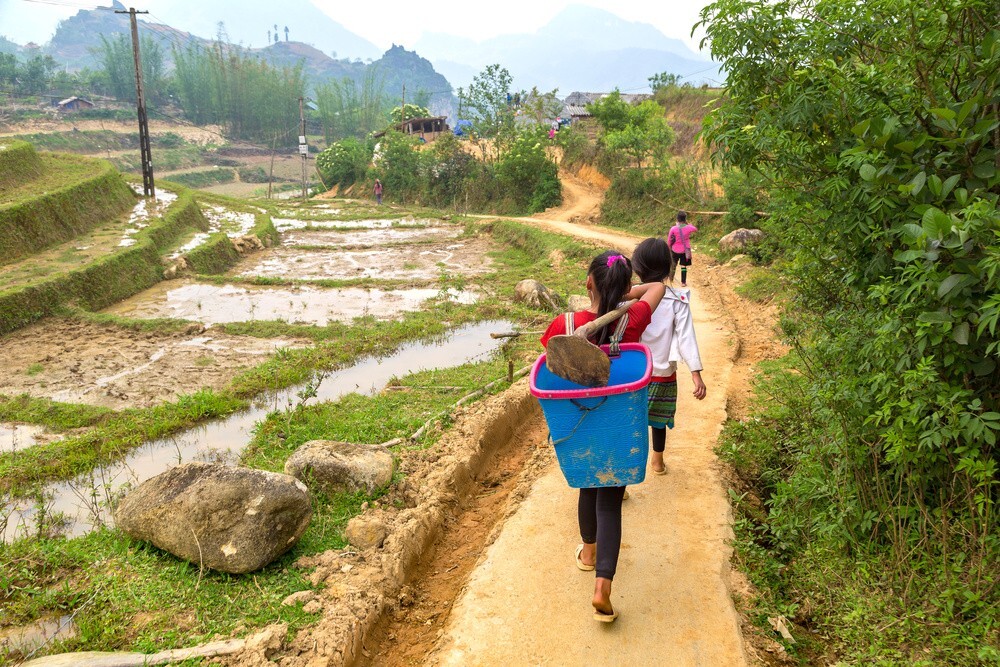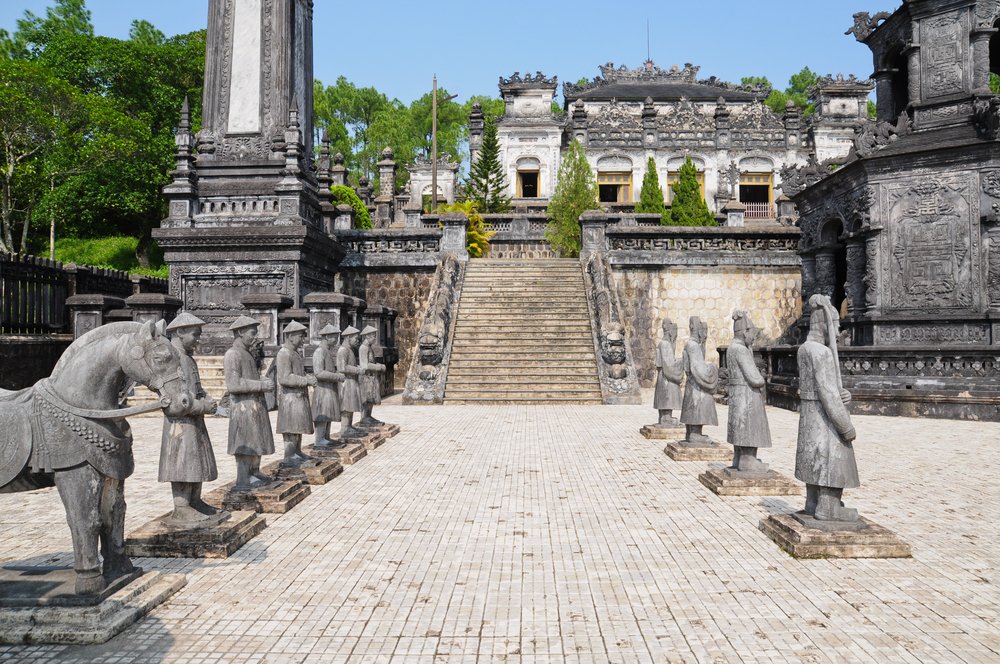
Located on a narrow strip in the center of Vietnam, the city of Hue is really an ideal destination for tourists, thanks to its picturesque landscapes and historical and cultural traditions.
12 km from Thuan An beach, 18 km from Phu Bai airport, 50 km from the deep water port of Chân Mây, located on the national road 1A, on the North-South railroad, Hue city has a special position in the history of Vietnam, it is currently the center of science, technology, education, culture and tourism of Central Vietnam.
The Perfume River, Ngu Mountain and Truong Tien Bridge form a harmonious and romantic picture of Hue, and are sources of inspiration for writers, poets and artists who create famous works of Vietnamese literature.
The Citadel
It can be said that Hue is a city built around nature. On Ngu Binh or Ngu Mountain, you can see the whole city with its Perfume River, its majestic royal palaces and tombs of the Nguyen kings and its ancient pagodas.
Former capital of Vietnam under the Nguyen dynasty (1802 – 1945), Hue possessed over the centuries several architectural works of great cultural and historical value, including the Imperial City of Hue, the tombs of the kings, the Thien Mu pagoda…
Built in 1805 under the reign of Gia Long and completed in 1833 under the reign of Minh Mang, the imperial city of Hue was the administrative center of southern Vietnam in the 17th and 18th centuries. In addition to the administrative and military function, it also housed the Imperial City, the Forbidden Purple City and associated royal palaces. The Forbidden Purple City was the location of the buildings where the imperial family and the emperor of Vietnam lived. In 1993, the imperial city of Hue was listed as a UNESCO World Heritage Site. A true witness of history, it is an attractive and unmissable tourist destination.
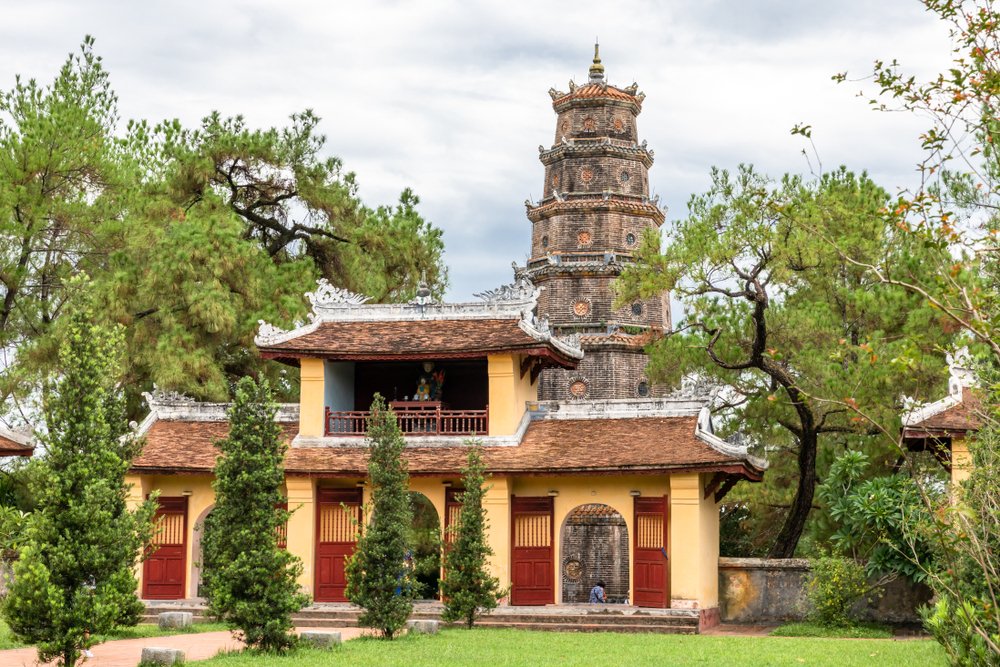
The pagoda of the Celestial Lady ( Thien Mu )
Hue is also an important center of Buddhism. There are dozens of pagodas over 300 years old and hundreds of temples built in the early 20th century. Note that the Pagoda of the Heavenly Lady (Thien Mu) is one of the major symbols of Hue City along with the famous octagonal Grace Tower (Phuoc Duyen).
Moreover, Hue city is the capital of gastronomy and culinary culture famous in Vietnam with many varied and tasty recipes. You will be able to taste delicious specialties of Hue cuisine like bun bo Hue, traditional cakes like “banh nam”, “banh xeo”, “banh bot loc”, “nem nuong”, “nem lui”…
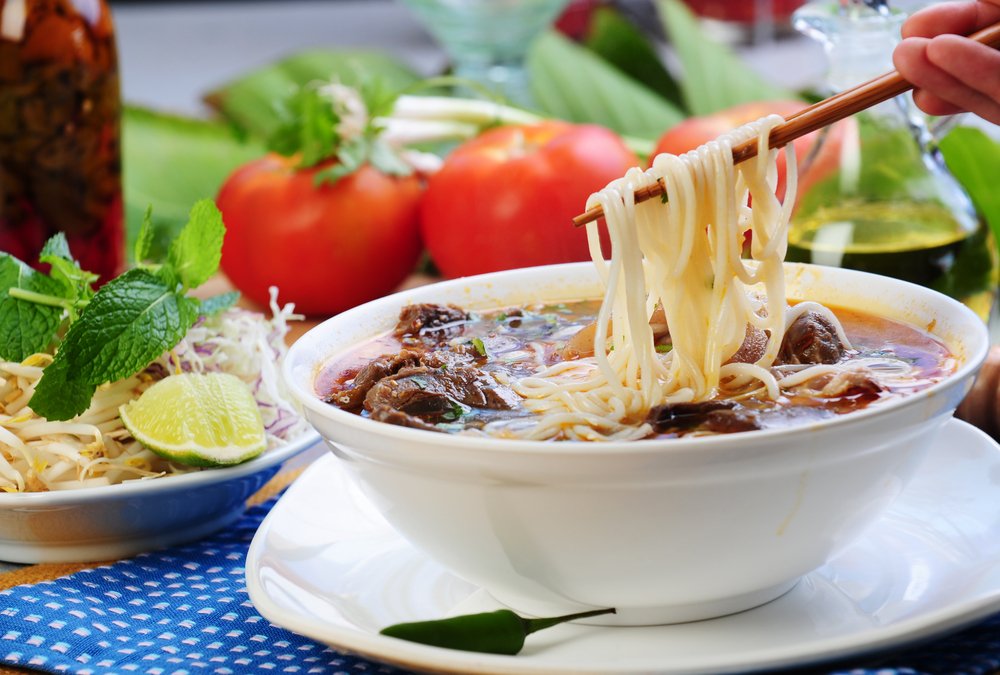
Bun bo Hue
Your trip to Hue will be unforgettable with the night ride on the Perfume River and traditional music concert (ca Hue). Tourists enjoy the quietness in the middle of the river, contemplating the city of Hue by night, listening to the melodies of Hue people and tasting the gastronomic specialties of this city.
If you have time you can visit the tombs of the Nguyen kings, the royal arena of Hô Quyên, the Hon Chen temple and discover the representations of the Nam Giao, Xa Tac rituals and the ceremony of the changing of the guard at the South Gate…
Among the 7 tombs of the emperors of the Nguyen dynasty, the tomb of Tu Duc, Khai Dinh and Minh Mang are the most popular destinations. If the tomb of Tu Duc is located around a natural and romantic space, surrounded by trees, near a large lake, that of Khai Dinh is the result of the fusion between the Eastern and Western architecture and that of Minh Mang is undoubtedly the best combined natural landscapes and funerary architectural complexes having several pavilions and temples, perfectly integrated.
The tombs of kings Khai Dinh and Minh Mang
Every two years, the city of Hue enthusiastically hosts a festival that honors the values of the ancient capital. After the success of the previous 10 editions, the Hue Biennial Festival has transformed the ancient imperial city into a festival city not only in Vietnam, but in all of Southeast Asia.





